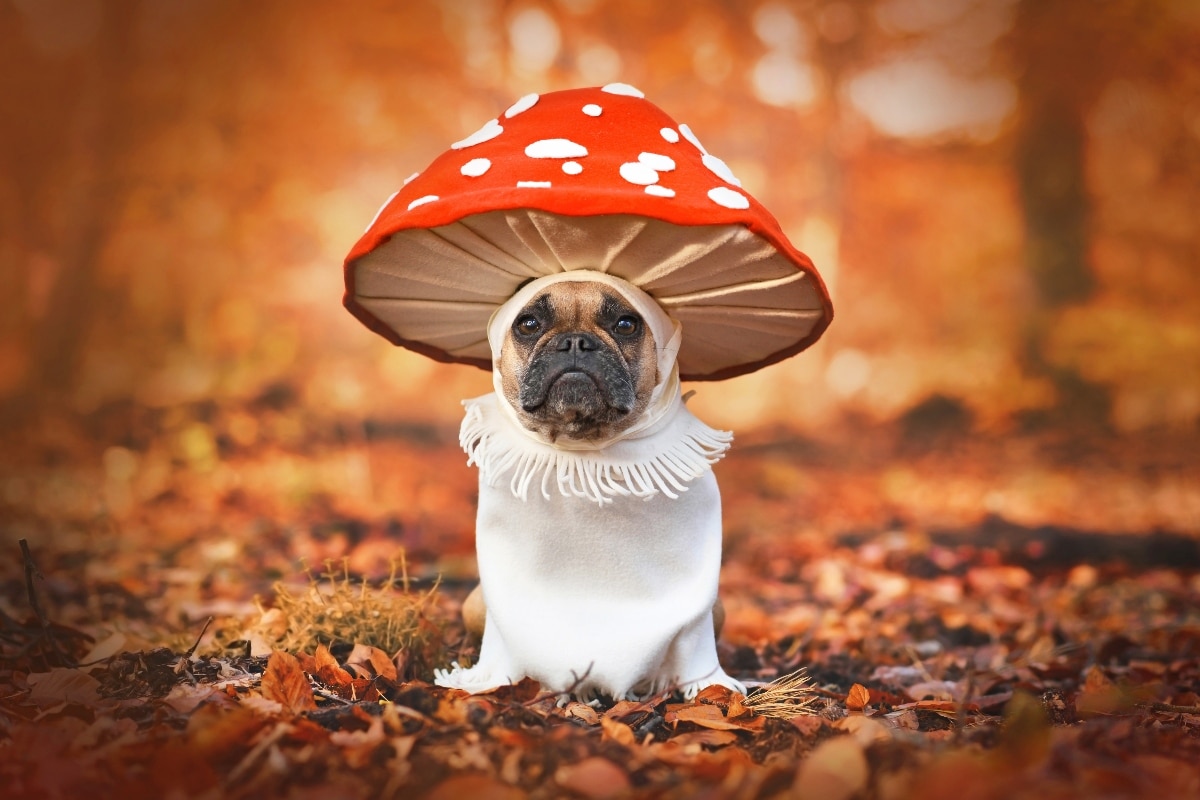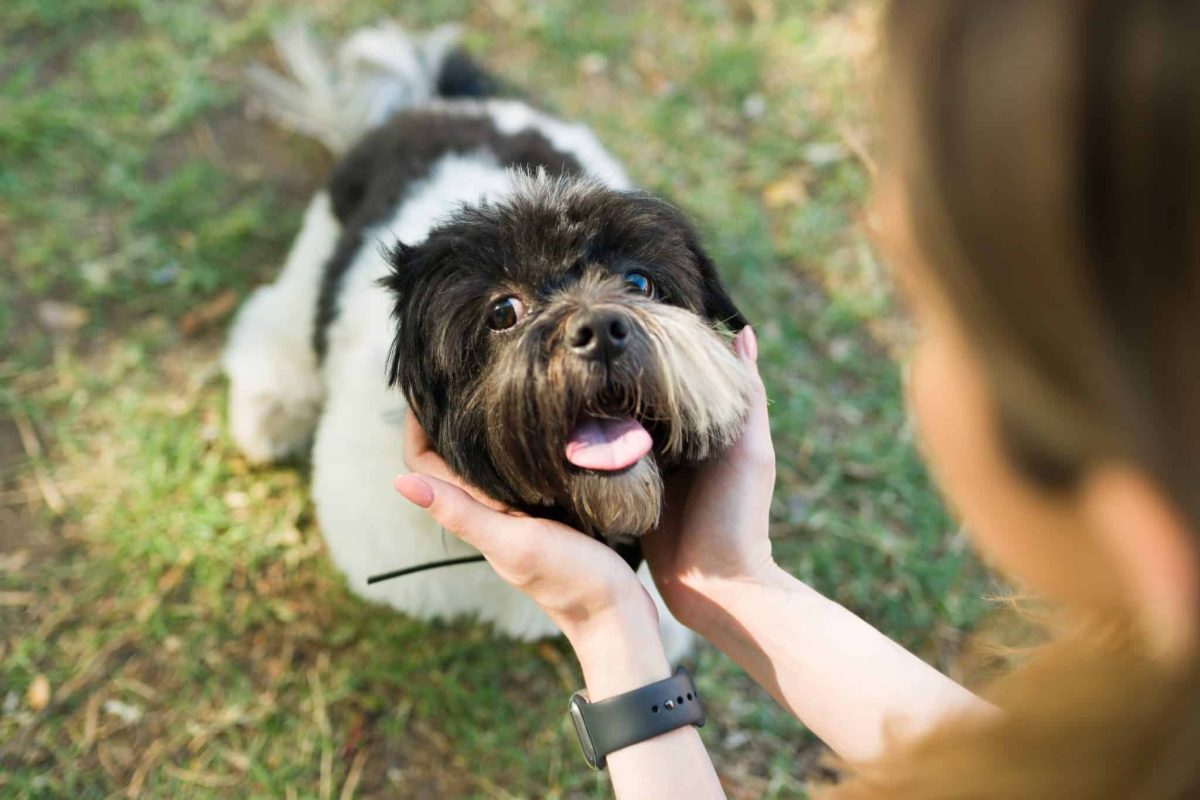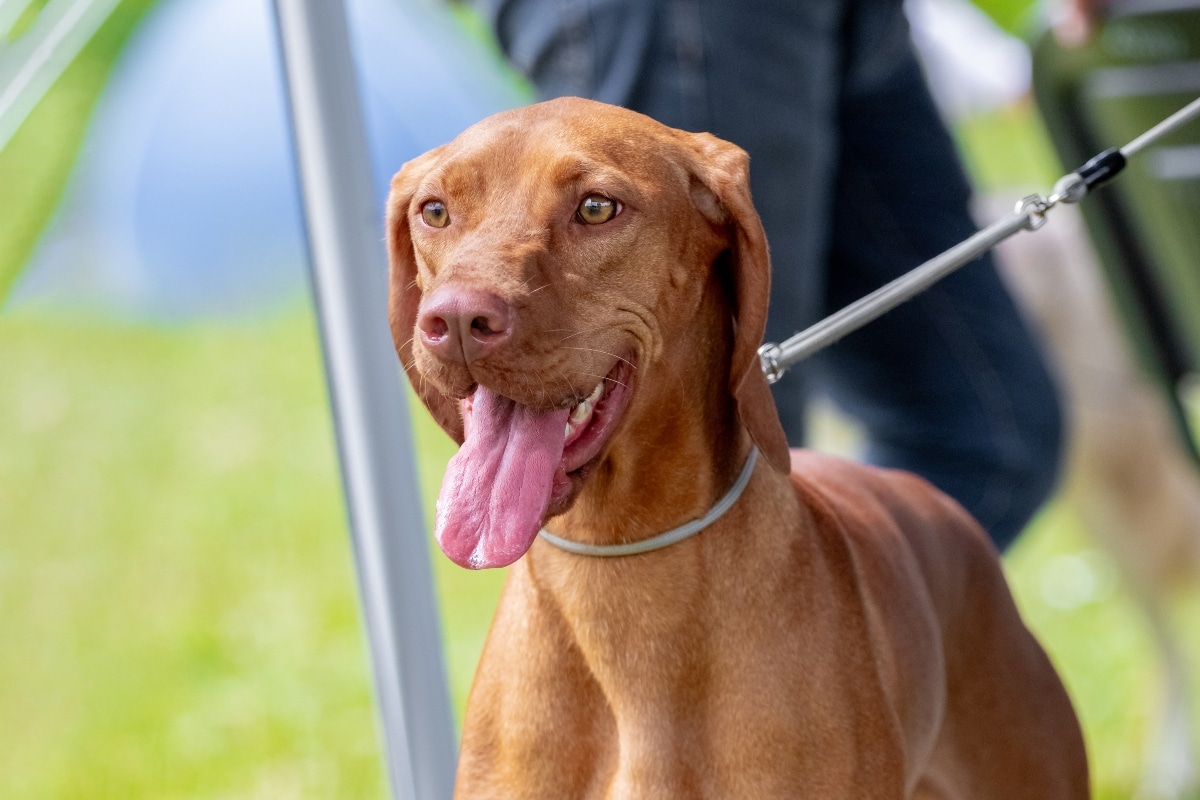PROTECT YOUR DNA WITH QUANTUM TECHNOLOGY
Orgo-Life the new way to the future Advertising by AdpathwayWhen animals refuse to eat in shelters, their survival hangs in the balance. Fear often creates barriers between traumatized pets and their meals. One veterinarian’s compassionate approach demonstrates how sharing food can rebuild trust and transform lives.
Animal shelters regularly encounter dogs whose traumatic past creates eating difficulties. Dr. Andy Mathis faced this challenge with Graycie, a street dog whose terror prevented her from touching food. His unconventional solution involved dining alongside the frightened animal, ultimately leading to an extraordinary bond that would change both their lives forever.
A frightened dog’s refusal to eat
Graycie arrived at the shelter carrying invisible wounds from her life on the streets. The rescue organization had saved her from harsh conditions, but safety didn’t immediately translate to comfort. She cowered in the back corner of her kennel, trembling whenever staff approached with food bowls.
Her refusal to eat created serious health concerns. Days passed without the dog touching her meals, despite staff efforts to encourage feeding. Traditional approaches failed to penetrate the wall of fear she had built around herself. The situation required innovative thinking from someone who understood animal psychology deeply.
Dr. Mathis observed Graycie’s behavior patterns and recognized signs of severe trauma. Her body language spoke volumes about past experiences with humans. The veterinarian knew that conventional feeding methods wouldn’t work for this particular case. He needed to establish trust before addressing nutrition.
Sharing meals builds trust
The veterinarian’s solution challenged conventional wisdom about animal care. He decided to sit inside Graycie’s kennel and eat from his own bowl while she watched. “I just said : ‘I’m going to sit here and encourage you to eat the food with me,'” he explained in a video interview.
This approach demonstrated vulnerability and equality. By positioning himself at her level and sharing the feeding experience, Dr. Mathis showed Graycie that eating was safe. Hand-feeding became necessary initially, as the dog remained hesitant to approach her bowl independently.
The breakthrough came gradually. First, Graycie sniffed the food while watching her human companion eat. Then she tentatively tasted small portions from his hand. Eventually, she began eating on her own for the first time since arriving at the shelter. The shared dining experience had accomplished what traditional methods couldn’t achieve.
Recovery and transformation
Within five days of Dr. Mathis’s intervention, Graycie’s appetite returned consistently. Her weight increased steadily, relieving concerns about her physical health. More importantly, her personality began emerging as fear subsided. The following changes became apparent during her recovery :
- Increased interaction with shelter staff
- Willingness to leave her kennel for walks
- Playful behavior with toys
- Tail wagging when Dr. Mathis approached
Her transformation impressed everyone at the facility. The cowering, fearful animal gradually revealed her true nature as a loving, energetic companion. Staff members witnessed daily improvements in her confidence and social skills.
A permanent family bond
Dr. Mathis’s commitment extended beyond professional duty. Recognizing the special connection they had formed, he made the decision to adopt Graycie permanently. She joined his family and flourished in her new environment, displaying the joy and energy that fear had previously suppressed.
The veterinarian continues honoring their unique beginning through an annual tradition. Every adoption anniversary, he returns to the shelter to share a meal with Graycie, recreating the moment that saved her life. This ritual celebrates not only her recovery but also the power of compassion in animal care.
Graycie’s story demonstrates how understanding animal psychology can overcome seemingly impossible situations. Her veterinarian’s willingness to think creatively and show vulnerability created the trust necessary for healing. Today, she thrives as a beloved family member, proof that patience and love can transform even the most traumatized animals into happy, healthy companions.


 10 hours ago
10
10 hours ago
10





















 English (US) ·
English (US) ·  French (CA) ·
French (CA) ·